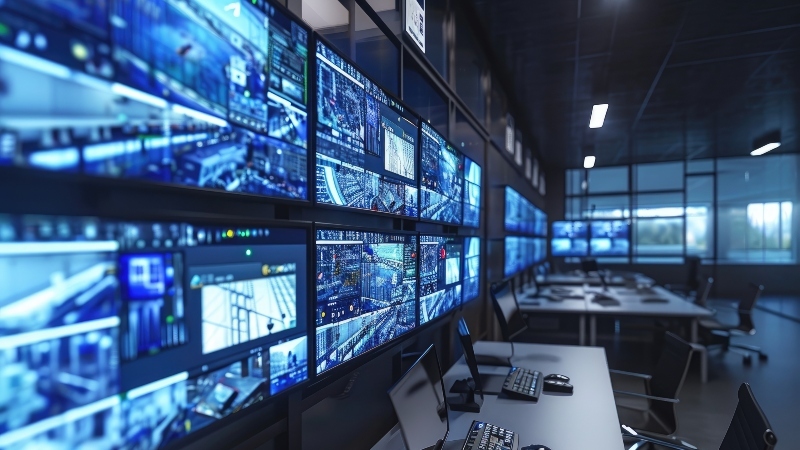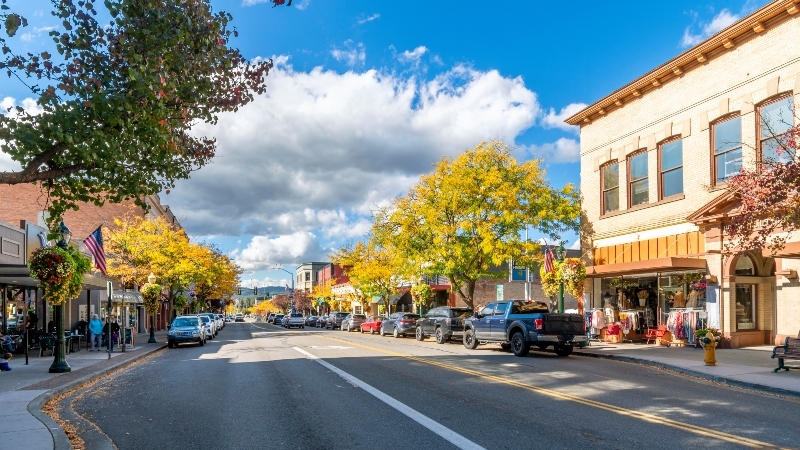Making the Switch: Vendor Transition Guide
Switching fire and security vendors feels risky. Even if your current provider isn't meeting your needs, the thought of transitioning systems and...
 |
Fire protection professionals committed to safeguarding lives, property, and peace of mind. |
 |
Solutions designed for your property type, from multi-family housing to healthcare facilities to retail spaces. |

|
Fire alarm, area of refuge, camera, and card access monitoring services. |
 |
Clear communication and instant response when every second counts. |
 |
From kitchens to server rooms, the right protection for every space. |
 |
Keep your primary defense system ready and reliable. |

|
Manage all your properties' access from one simple platform. |
 |
Monitor multiple properties in real time from anywhere, at any time. |

|
Document upcoming maintenance appointments and improve your proactive budget planning. |
 |
Fire Extinguisher Maintenance Checklist Learn the requirements for testing extinguishers monthly, annually, and beyond. |

|
Track all your inspection deadlines in one place. |
 |
Kitchen Hood Inspection Checklist Ensure your kitchen hoods are safe and compliant. Download a complete list of testing requirements. |

|
Guide to Fire & Security Monitoring Your complete property protection handbook in practical terms. |

|
Running a food truck takes work—this guide gives you the tools to keep it safe and up to code. |
 |
Comprehensive Guide to NFPA 13 and NFPA 25 Fire Sprinkler Systems Navigate sprinkler system requirements with confidence using our straightforward guide to codes and maintenance. |

|
Get your essential compliance guide. |
 |
When reliability matters across 18 restaurants, micromanagement doesn't. |

In 2020, fire caused $21.9 billion worth of property damage in America. And even though your goal as a business owner is to keep costs low, you may want to take fire and security monitoring more seriously. An integrated fire and security monitoring system will keep you and other occupants safe and outweigh the short-term installation costs.
Access and Surveillance
Integrating fire and security monitoring for your business is critical as it limits access to specific areas. Use of video surveillance specifically in all access spaces, such as the reception, can improve security monitoring by sending alerts once it detects suspicious behavior.
Protecting a commercial property against fire means complying with the Minnesota building code on fire protection systems. Under this comprehensive code, the building owner must ensure all systems are in place. These include:
Remember, some spaces will need an additional level of protection. The property demands will determine how much you can integrate these two systems. Suppose you run a hotel and trigger the evacuation alarm due to a fire. Here, the access control systems allow all exits to open automatically. And your security team and firefighters can access the video surveillance to check whether everyone has evacuated.
Some of the integrated solutions we recommend for buildings include:
1. Fire Protection Systems
While the National Fire Protection Association recommends several fire alarm system types, the two main ones are:
The most standard components of fire alarm systems include:
2. Intrusion Detection Systems (IDS)
The main role of an IDS is to recognize an intrusion attempt into your building. This IDS generally has the following features:
3. Offsite Monitoring
During after-hours, holidays, and weekends, you would have peace of mind knowing that your building is secure. Offsite monitoring allows third-party security personnel to monitor and detect intrusions and report to the relevant parties for a rapid response.
Reliable fire and security monitoring solutions for your residential or commercial building are a key part of your operation. The Brothers Fire & Security team has comprehensive years of experience designing and installing various fire protection systems, including sprinkler systems, access control, and signage. We are also members of the nationally recognized industry associations.
Expect all-in-one services from our team. We install, repair, and maintain, so you can bank on an immediate response whenever you need support. Having a fire and security monitoring system in your building helps you meet the Minnesota building codes and NFPA requirements.
Make the right choice by contacting the experts at Brothers Fire & Security for fire alarm and security solutions at 1-763-441-2290 today.

Switching fire and security vendors feels risky. Even if your current provider isn't meeting your needs, the thought of transitioning systems and...

Your fire alarm shows a trouble signal. Last week's sprinkler inspection never happened, and despite three calls and multiple messages, your vendor...

Winter weather and holiday demands can make managing multi-location security a nightmare. Fall is your best window to upgrade security systems,...